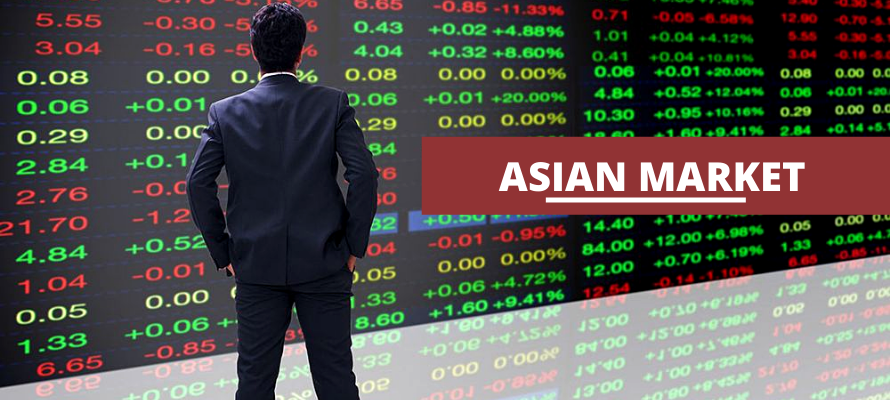The global financial landscape witnessed a wave of uncertainty as investors grappled with the implications of US President Donald Trump’s escalating trade war rhetoric. Trump’s threats to impose sweeping tariffs on the European Union and Mexico sent shockwaves through international markets, raising concerns about the potential for a significant disruption to global trade and economic growth. While some markets experienced declines, particularly in New York and Europe on Friday, most Asian markets displayed resilience on Monday, edging upward as investors clung to the hope that negotiated settlements would avert the worst-case scenarios. The unpredictable nature of the trade war, coupled with Trump’s public criticisms of Federal Reserve Chairman Jerome Powell, injected further volatility into the market.
Trump’s tariff threats, targeting imports from major trading partners like the EU and Mexico, threatened to destabilize international trade relations. The proposed tariffs, ranging from 30% to a potential 200% on pharmaceuticals, covered a wide range of goods, including automobiles, steel, aluminum, copper, and agricultural products. These actions followed previous tariff announcements targeting Canada and Brazil, signaling a broader protectionist stance by the US administration. The move was met with concern from international leaders and economists, who warned of the potential for retaliatory measures and a damaging trade war that could negatively impact global economic growth.
Despite the looming trade war threats, Asian markets demonstrated a degree of resilience, with several key indices posting gains on Monday. Hong Kong, Shanghai, Sydney, Seoul, Singapore, Manila, and Jakarta all saw increases, while Tokyo, Wellington, and Taipei experienced minor declines. This relatively muted response in Asian markets suggested a cautious optimism among investors that negotiations could still lead to resolutions before the August 1 deadline set by the White House. However, analysts cautioned against complacency, noting the difficulty of accurately assessing the market impact of the evolving tariff situation.
The trade dispute with the European Union took a particularly complex turn, as Trump’s tariff pronouncements disrupted ongoing negotiations aimed at resolving trade imbalances. While European Commission President Ursula von der Leyen expressed a continued desire to reach an agreement, she also emphasized the need for the EU to prepare countermeasures in case talks faltered. This delicate balancing act highlighted the EU’s attempt to maintain a constructive dialogue while safeguarding its interests against potentially harmful US trade policies. French President Emmanuel Macron echoed this sentiment, advocating for both negotiation and preparedness for retaliatory action.
Adding to the market uncertainty was Trump’s escalating criticism of Federal Reserve Chairman Jerome Powell. Trump’s public attacks on Powell, including calling for his resignation, raised concerns about the politicization of the central bank and its potential impact on monetary policy. Reports of Trump allies investigating Powell’s handling of renovations at the Federal Reserve headquarters further fueled these concerns. Analysts warned that any attempt to remove Powell could undermine the Fed’s independence, potentially leading to increased market volatility and adverse economic consequences, including rising Treasury yields and a depreciating dollar.
Amidst the trade war tensions and political pressures, Bitcoin, the decentralized cryptocurrency, reached a new record high, surpassing $119,000. This surge in Bitcoin’s value potentially reflected investors’ search for alternative assets in a climate of economic uncertainty. The cryptocurrency market, often seen as a barometer of investor sentiment towards traditional financial systems, appeared to benefit from the ongoing trade disputes and geopolitical tensions. The overall market picture remained complex, with various factors influencing investor behavior and market trends. The interplay of trade war anxieties, monetary policy uncertainty, and the rise of alternative assets like Bitcoin created a dynamic and challenging environment for investors and policymakers alike.


